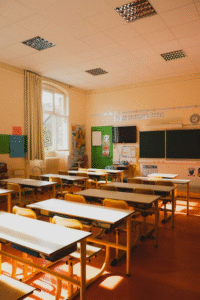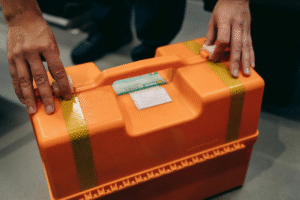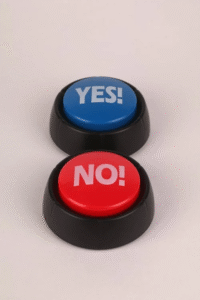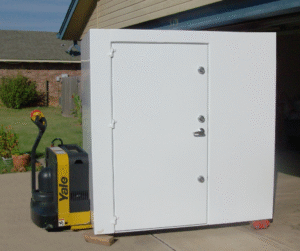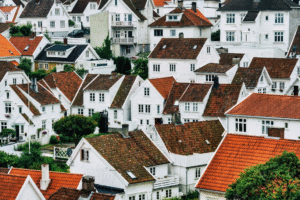The human desire to create danger-proof spaces is as old as time. Safe rooms have come a long way from the ancient castles of the medieval ages to a modern-day fortified 4 by 4 closet.
What did ancient safe rooms look like, though? How did they turn into the protection spaces we see today? These are all questions worth answering – and that’s what today’s blog is about.
The Features of Middle Ages-Style Castles
During the middle ages, as weaponry like trebuchets and catapults advanced, the need for fortified walls became imminent. In response to this, the first wooden structures were built in the 9th and 10th centuries. They were known as mottes, and they would be surrounded by trenches, defensive moats, fences and high, wooden walls for safety.
The typical fortress – with a garrison, a courtyard and an inner keep began to be known as the motte and bailey fortress. This was one of the first structures in human history that provided safety across the board.
From War to Theft – Manor Strong Rooms
Over time, dangers shifted. Around the 11th to 14th centuries, wealthy landowners began to be more fearful of robberies from local populations than organized assaults from military forces.
They transitioned from full-scale castles to secure, iron rooms that were known as “strong rooms”. We use modern above ground safe rooms in a similar way to these – they act as a durable, safeguarded storage unit for housing valuables and legal documents. The demand for manors declined around the 15th to 16th centuries, but the concept of a fortified space did not.
The Late 90’s-2000’s Panic Rooms
Inspired by community storm shelters from the 1800s and the fallout shelters of the 60s, these first appeared in America around the end of the 90s and the early 2000s. They were built to protect from natural disasters, home invasions and personal threats – some even hid Prohibition-banned alcohol!
The focus had shifted from war to thievery to personal security. Panic rooms started out as luxury installments only accessible to the elite. They were fitted with numerous safety features, such as steel fortification, camera-monitoring and were often hidden for inconspicuousness.
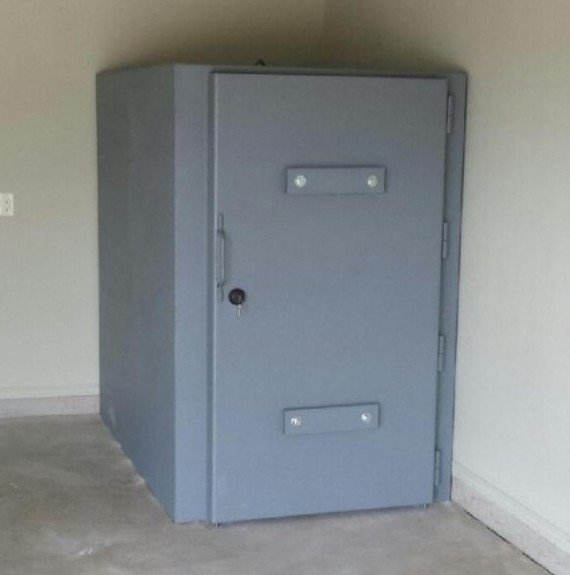
Modern Day Safe Rooms
Today’s safe rooms are no longer only something the rich can afford. With an increasing demand for personal safety, homeowners across the States have begun investing in modern-day FEMA-approved safe rooms. These are built to resist tornadoes and environmental hazards, as well as doubling as storage units, as well as professional and recreational spaces.
These are the first rooms to be multi-purpose. Past safe rooms were always centered around protection, instead of everyday use. Their design philosophy has also changed heavily from the old days of castles and underground cellars. A safe room today is blended into the environment around it to avoid attracting attention.
Modern day threats such as delayed emergency responses, fluctuating and unstable weather patterns and increased urban crime rates make the need for widespread, accessible safe rooms more important than ever.
Safe Rooms US – A Crisis-Proof Home
Having a safe room is an ideal investment, and for a certified safe room in Houston, Safe Rooms US is a trusted provider throughout the industry.
With over 25 years of experience installing professional grade safe rooms, Safe Rooms prides itself on convenience, protection and being budget-friendly. For the most affordable safe room in Dallas, call us for a consultation today!


